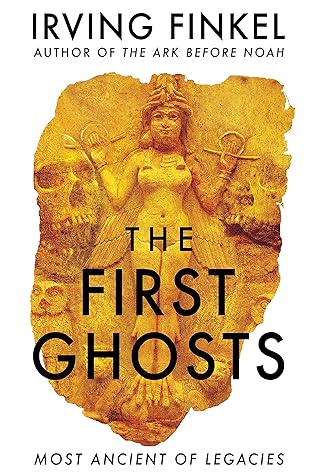More on this book
Community
Kindle Notes & Highlights
The First Ghosts: A rich history of ancient ghosts and ghost stories from the British Museum curator
Read between
June 1 - June 18, 2024
1. Something survives of a human being after death. 2. That something escapes the grasp of the corpse and goes somewhere. 3. That something, if it goes somewhere, can quite reasonably be expected to be capable of coming back. From this vantage point we should reckon that ghosts arrived on stage by the Upper Palaeolithic, perhaps around 50,000 bc.
The Assyrian, like the Elamite, held that disturbing a body in its grave imposed eternal trouble on the individual’s ghost even long after death, interment and decay.
Mutilations and cuts inflicted on a statue or image would have the same effect as on the living body and render them powerless.
The Mesopotamians’ crucial words for ghost are thus the first in history; in ancient Sumerian it is gedim, in ancient Babylonian eṭemmu,
We (the god) + ṭēmu (intelligence) = (w)eṭemmu (spirit).
Barring last-minute disaster, or the very unexpected, dead Sumerians and Babylonians were respectfully and properly buried. The default position was under the floor within the area of private houses, or, if the deceased were a new-born or young child, sometimes within the walls. At different times there were cemeteries outside towns or cities, notoriously to be avoided, for they would be populated by unowned and restless ghosts.
Emesal dialect that is reserved for women and goddesses;
What is especially interesting in this early Sumerian tradition is the idea that the eṭemmu, the dead person’s ghost, remains trapped in the body until released by formula and ritual.
You, the ghosts of my family, creators of all of us, of my father, my mother, my grandmother, my brother, my sister, of my family, kith and kin, who all sleep in the Netherworld, I have made the offering to you, I have treated you with respect, heaped praise on you, honoured you. Today do you stand before Shamash and Gilgamesh; Judge my judgement, help with my decision!
The Descent of Ishtar is written in Akkadian and comes to us in seventh-century tablets from the libraries of Assyrian Nineveh and Assur. It is a distillation of the older and much longer Sumerian Inanna’s Descent.


